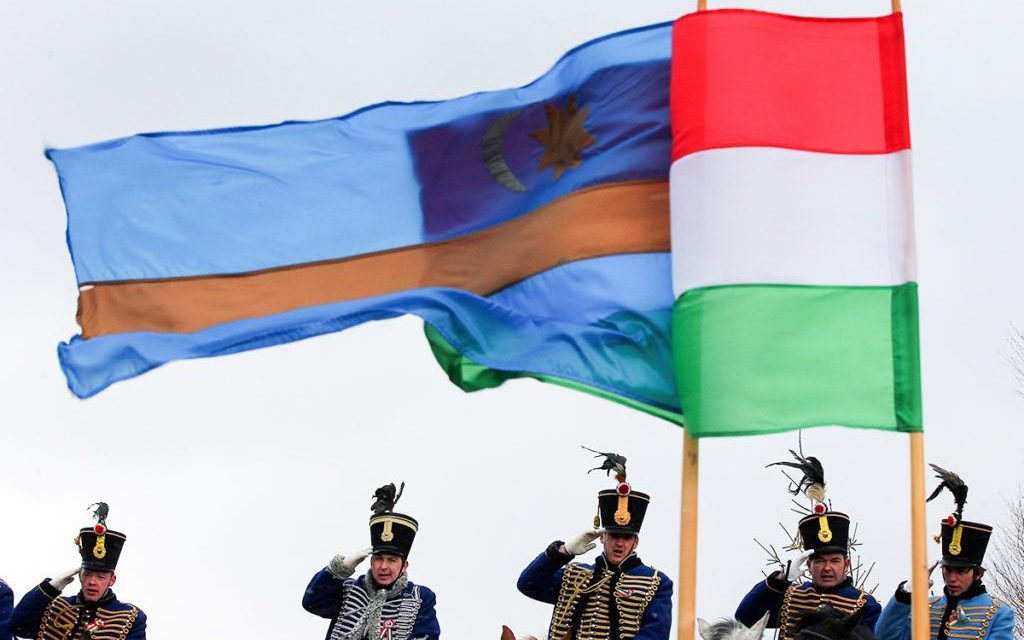In the past, there were many attempts to falsify the origin of the Szeklers and to define them as a separate nationality from the Hungarians. They didn't work out.
the Székely National Council (SZNT) encourages during the upcoming census The position of the SZNT has not changed at all regarding the Hungarian national identity of the Szeklers, so they published the same call as in 2011. In this, they refer to the autonomy statute of Székelyföld, the manifesto adopted at the founding meeting of the SZNT, and the resolution of the Székely Great Assembly held in Marosvásárhely in 1941, which
they "impose an unavoidable obligation" on assuming the Hungarian national identity.
The SZNT revives past attempts to falsify the origins of the Szeklers. Already between the two world wars, the ideologues of Romanian nationalism formulated their demand that the Szeklers should be listed as a separate nationality during the census, thus erasing the Hungarian community living in one block from the map of Romania.
There was a time when the Szeklers tried to prove their Romanian origin for the same purpose, and to ensure the long-term validity of the Trianon decision. In 1977, Nicolae Ceaușescu tried to implement the false theory of Nicolae Iorga, according to which the people of Székely are not Hungarians, into the practice of censuses. The people of Székely remained loyal: out of the more than 1,700,000 Transylvanian Hungarians at the time, only about a thousand declared themselves Székely.
"The people of Székely have always been aware that they are the custodians of the most ancient and purest Hungarian traditions, that their historical mission is to protect the nation and Hungary, that they are the most Hungarian tribe of Hungarians. We, the people of Székely, will accordingly declare ourselves Hungarian if asked today, even during the census, and our descendants will always do the same."
- wrote Izsák Balázs SZNT president ten years ago.
He added to his message at the time that the Székely/Székelyföld identity card will serve as an expression of Székely identity, which will be available to all people who identify themselves as Székely. The identity card, defined as a complex IT, legal and technical system, enables the people of Székely to keep track of and organize themselves, which is part of the road to autonomy.
Featured Image: Robert Ghement / EPA / MTI












